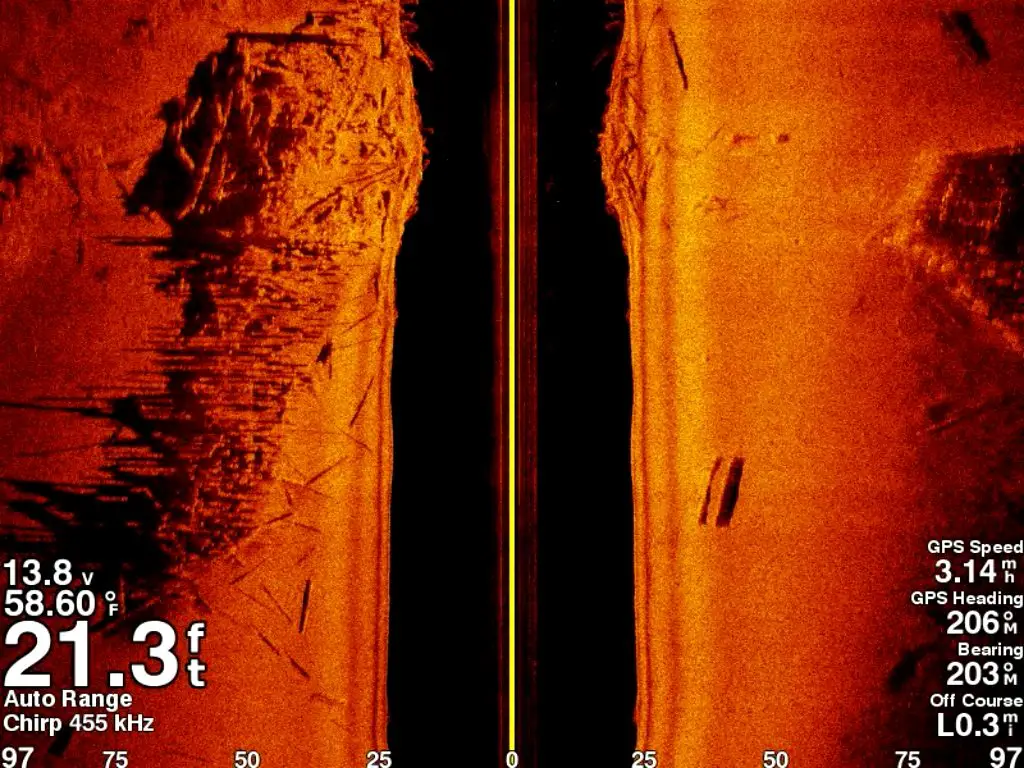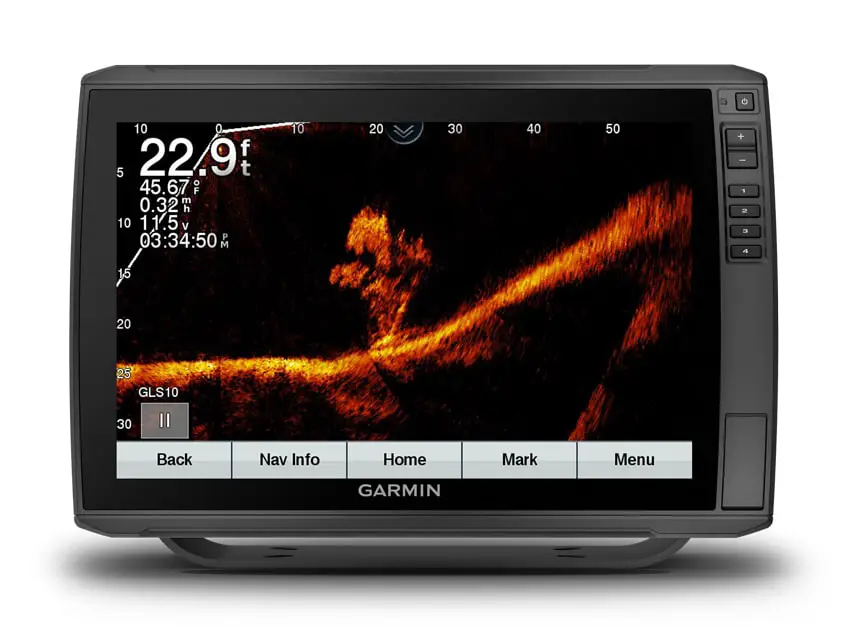If you want to know how to find Largemouth Bass, you need to be familiar with the types of cover the species most often utilizes. When it comes to cover in the world of bass, wood ranks high on the list. In fact, it’s right up there with submerged weeds, lily pads and rocks. Basically, if it’s wood, it’s good—potentially.
The problem is that examining all the types of wood that may provide cover for bass is almost like looking at the buffet at the Mandarin; it can be difficult to know where to start. But once you know where to start, a savvy angler can easily use wood to find Largemouth Bass.
Here are some common examples of wood that bass (mostly Largemouth, but sometimes Smallmouth) often live in, amongst or under:
- Docks
- Boat Houses
- Swim Rafts
- Cribs (usually stone contained by wood)
- Logs
- Stumps
- Hanging Branches (live)
- Dead Trees (laydowns)
- Standing Timber (yes, it does exist in Canada, too)
- Brush Piles (usually submerged, often man-made)
- Buck Brush (brush growing along the shoreline)

Wood Is Easy To Spot… Sometimes
Standing timber, boat docks, large dead trees and low hanging branches are some of the easy wood targets to zero in on. The little hidden gems, however, are usually the most productive pieces to hit; an underwater stump, a waterlogged multi-limbed branch or a sunken log can be unbelievable bass domains. Bass anglers need to be 100% aware of the area they are scouting/fishing and look for little, out-of-the-way pieces of wood that others may not find.
Wood Tools
Your number one wood-locating tools are your eyes using polarized glasses. With good vision aided by a glare-free view, seeing submerged wood becomes almost a breeze. Almost.
Number two is a quality sonar/chartplotter with ClearVu and SideVu capabilities. Wood like submerged trees and branches show up so well on ClearVu that it almost looks like it is hand-drawn on the screen. There’s no mistaking it.
Regardless of how you find the wood, once you find it, you’ll likely find Largemouth Bass as well.

Lately, we have also found wood with Garmin’s LiveScope. Again, the image is stunning.

What Bait Do I Use In The Wood?
When fishing in the wood for Largemouth Bass, it’s hard to beat a Flipping Jig and trailer. Depending on the quality of jig, it should pull through branches like no other bait. Some quality alternatives are craw/beaver/creature baits, as well as plastic worms and soft stick baits. The key is making sure they are weedless. A full Texas-rigging with plastics is necessary (as opposed to Texposed). Also, make sure you peg the weight so it does not slide up the line—this is very important.

Find Wood, Find Largemouth Bass
In this companion piece, Fish’n Canada co-host Pete Bowman demonstrates exactly how he identifies primo wood cover to find Largemouth Bass.
I went out on a recent Saturday morning—a hot, beautiful, sunny day—and really did not have a starting idea nor a game plan. I was just wingin’ it.
The fishing was… not good.
Sunday, however, had the remnants of a storm going through with a bit of an east wind and a touch of rain. Knowing that, I grabbed my Jig & Pig and committed to throwing that for the full morning. In tough conditions, a jig is a solid bet.

Since I’d seen a couple of nice fish in the wood on Saturday, I was going to concentrate on hitting that type of cover. (Of course, if anything else was easily accessible, I’d pitch to it as well—I don’t like to miss opportunities by limiting myself.)
My jig in the wood idea paid off with a beauty of a Largemouth. I finally got one!
Check out the video above and remember: Find wood and you’ll find Largemouth Bass.
